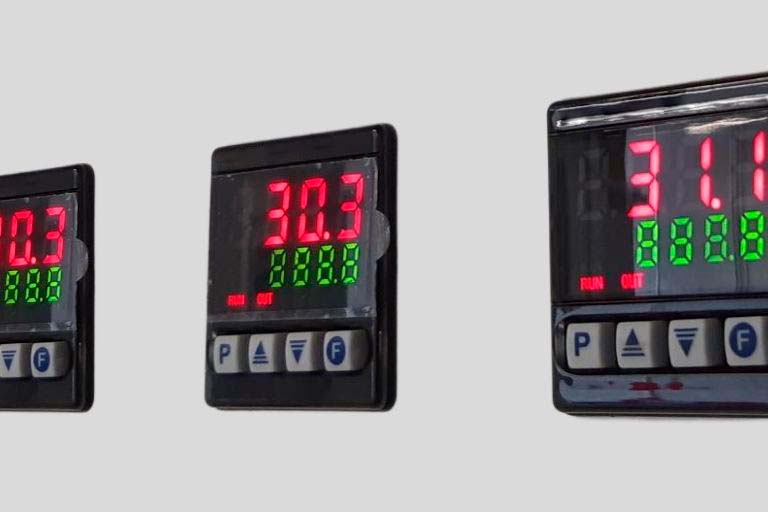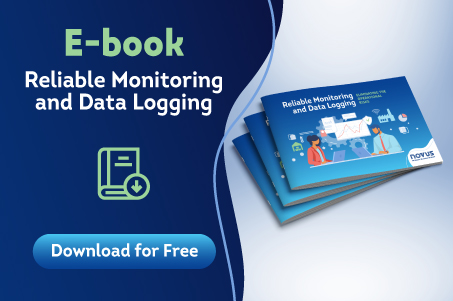How to choose a process and temperature controller for your application
Using process and temperature controllers in industrial environments allows you to ensure product quality in an energy-efficient and safe way. The applications are as varied as the industry sectors. No wonder that the supply of controllers is wide and diverse. So how to choose the best device for each case?
Here are some points to consider when choosing a process and temperature controller:
Compatibility & Scalability
When choosing a controller, you must consider future projection. If the process is expected to grow, the device must be compatible with current and future operation. Therefore, it is fundamental to evaluate the power of the equipment. This information must be part of the project scope.
The number of inputs and outputs is another essential point when choosing a device to control a process. You should consider how easy or practical it is to install or remove the controller.
Configuration & Usage of process and temperature controller
The methods for configuring controllers can be as varied as the product offerings on the market. Ideally, configuring a controller should be simple and intuitive, but in reality this is not always the case. Therefore, it is important to consider the usability of a controller configuration software or commands.
The wide variety of controller applications in industrial processes places these devices under the responsibility of operators with very distinct knowledge. Considering the need to use different controllers throughout the process, the configuration complexity increased when we conclude that it is necessary to know and use different software for each of these devices. Thus, standardization is interesting and brings more efficiency to the process.
If I have different needs, do I need multiple controller models?
The question is quite common. Applications that use controllers in different parts of the process employs different devices throughout the process chain. Having products designed to meet the specifications of each step is one of the benefits. But there are some disadvantages.
The first disadvantage involves the variety of configuration methods and software that are required to keep all the devices operational. The people in charge of the process need to know the technical specifications of each controller.
Replacing a device or one of its components is more complex whenever there are 2, 3 or more controller models. In terms of power, adapting devices to new requirements can also be a challenge.
However, NOVUS has developed a solution capable of solving these two major challenges involving the use of controllers in industrial processes. To find out about the most innovative launch in terms of controllers, just sign up for this waiting list. You will receive complete information about this launch firsthand.
Meet the most innovative process and temperature controller in 2024.
These might interest you:
How and IoT controller reduces costs

















